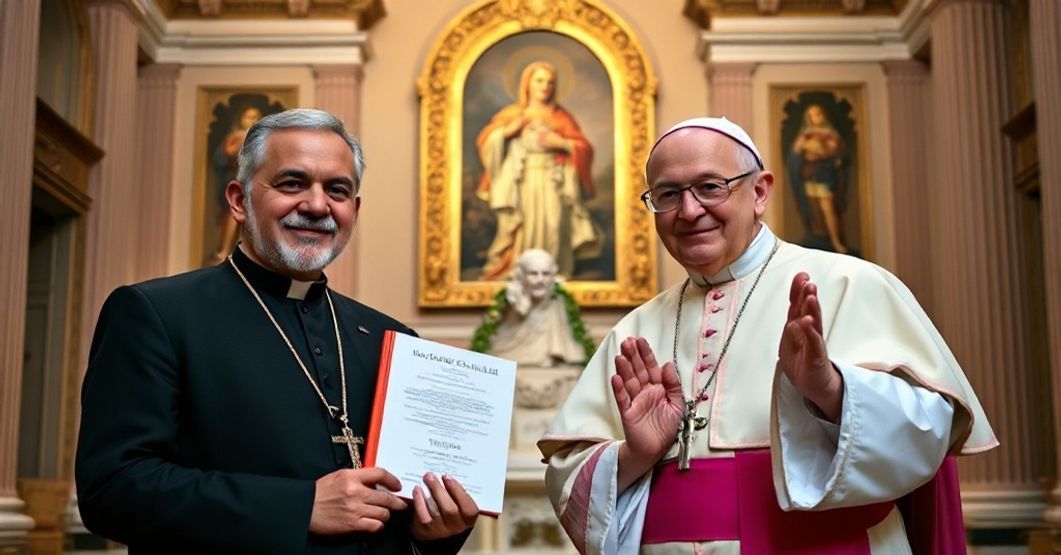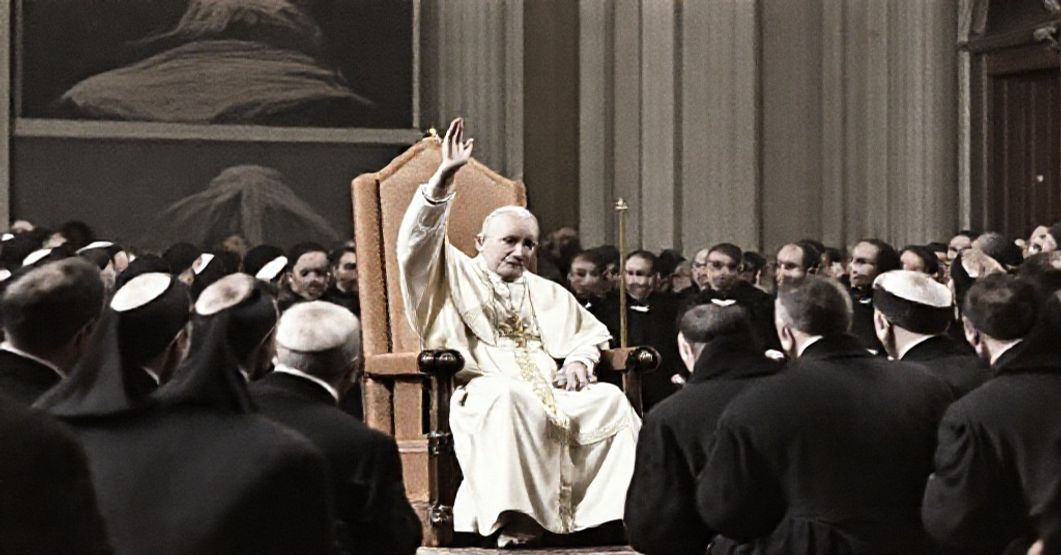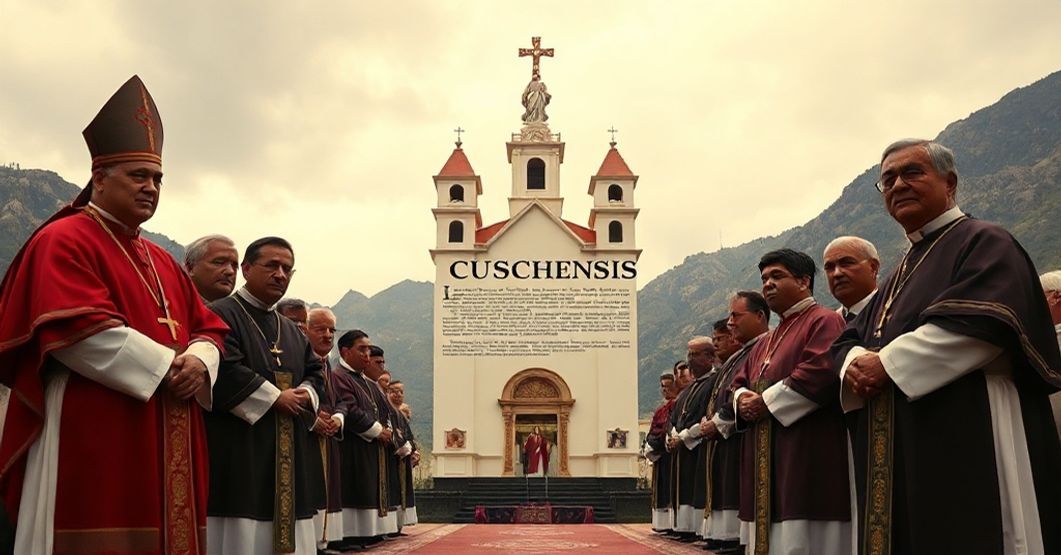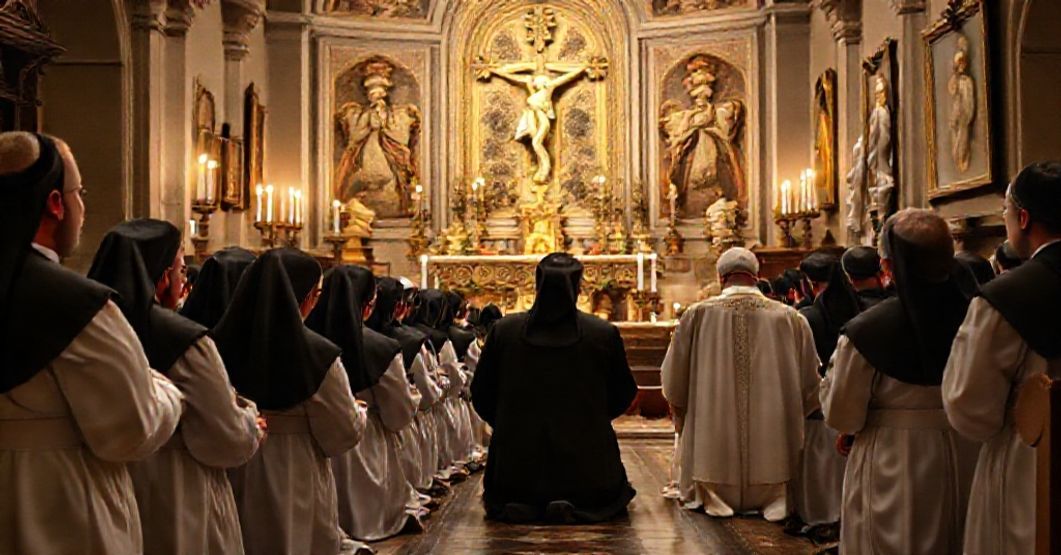Antipopes of the Antichurch



















Timeline of this heretical pontiff
Encyclical Letters
+ 15 posts1959
+ 7 posts1961
+ 4 posts1962
+ 2 posts1963
+ 2 postsApostolic Exhortations
+ 3 postsApostolic Constitutions
+ 93 posts1958
+ 6 posts1959
+ 87 postsMotu Proprio
+ 15 posts1958
+ 1 posts1959
+ 1 posts1962
+ 11 postsApostolic Letters
+ 151 posts1958
+ 4 posts1959
+ 63 posts1960
+ 78 posts1961
+ 1 posts1962
+ 4 posts1963
+ 1 postsSpeeches
+ 99 posts1958
+ 2 posts1959
+ 26 posts1960
+ 29 posts1961
+ 16 posts1962
+ 24 postsMessages
+ 6 posts1959
+ 4 postsHomilies
+ 4 postsLetters
+ 152 posts1958
+ 1 posts1959
+ 48 posts1960
+ 32 posts1961
+ 31 posts1962
+ 30 posts1963
+ 10 postsNot categorized
+ 1 posts1958
+ 1 postsNews feed


Allocutio Ioannis XXIII ad Romanae Domus Catholicae Studiorum Universitatis a Sacratissimo Corde Iesu (1961.11.05)
John XXIII’s allocution of 5 November 1961, delivered at the inauguration of the Roman house of the so‑called Catholic University of the Sacred Heart, is a brief, ceremonious praise of academic expansion, of medical science, and of the legacy of Pius XI, Pius XII, and Agostino Gemelli. It lauds the new medical faculty in Rome, invokes the Virgin Mary as “Seat of Wisdom” and “Health of the Sick,” and offers a paternal blessing that the institution may flourish in knowledge and honour. The entire text is a polished exercise in institutional self‑congratulation and humanistic optimism, carefully avoiding any mention of sin, error, Modernism, or the primacy of Christ’s social Kingship that must judge all science and education; it is therefore a small but telling manifesto of the conciliar spirit: euphoric naturalism cloaked in pious phrases.


Allocutio Ioannis XXIII ad Sodales Societatis Iesu (1961.10.01)
John XXIII—the first antipope of the conciliar usurpers—addresses assembled members of the Society of Jesus in Rome (1961), praising their fidelity to the Roman See, exalting their special vow of obedience to the papacy, commending their apostolic works (especially youth formation and missions), and imparting his “apostolic blessing” as an encouragement to assist his program of religious renewal and moral restoration in society. In reality, this apparently devout allocution is a programmatic attempt to harness the Jesuits as the vanguard of a new, paramasonic religion of conciliar humanism under the label of obedience and “piety,” subordinating their famed discipline and intellectual power to the coming revolution against the integral Catholic faith.


CUSCHENSIS (Sicuanensis) (1959.01.10)
The Latin text issued under the name of Ioannes XXIII on 10 January 1959, titled “CUSCHENSIS (Sicuanensis),” decrees the erection of a new territorial prelature “nullius” in Peru (Sicuani) by detaching several provinces from the Archdiocese of Cuzco, defining its borders, cathedral, clergy ascription, seminary obligations, temporal goods, and procedural execution, in full juridical form of an apostolic constitution according to the 1917 Code of Canon Law.


Allocutio Ioannis XXIII ad Fratres Praedicatores (1961.09.25)
The allocution of John XXIII to the superiors and members of the Order of Preachers (Dominicans) on 25 September 1961 praises the historic fidelity of the Order to the Apostolic See, extols their title as “Order of Preachers,” and urges them to unite “old and new” in responding to the “needs of the times,” adapting studies, apostolate, missions, and publishing to contemporary circumstances while remaining, in his terms, faithful collaborators of the Roman See and instruments for spreading the Gospel.
Varia
Announcement:
– News feed –implemented
– Antipopes separate web sites with their all documents refutation – in progress
